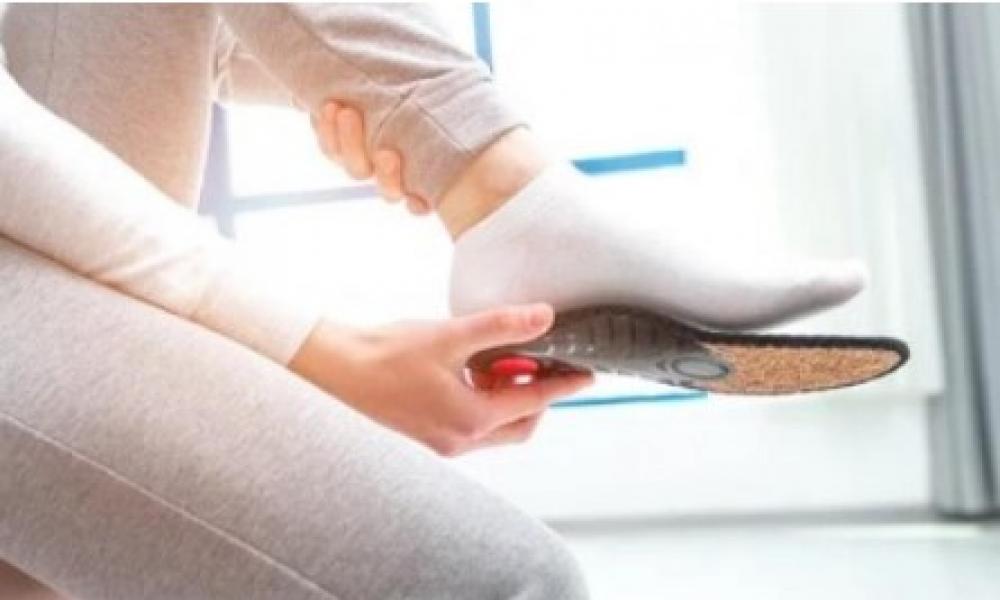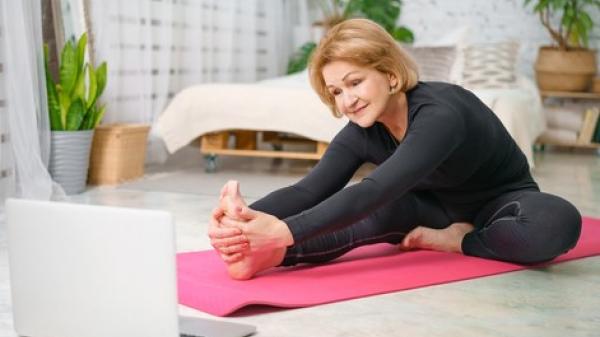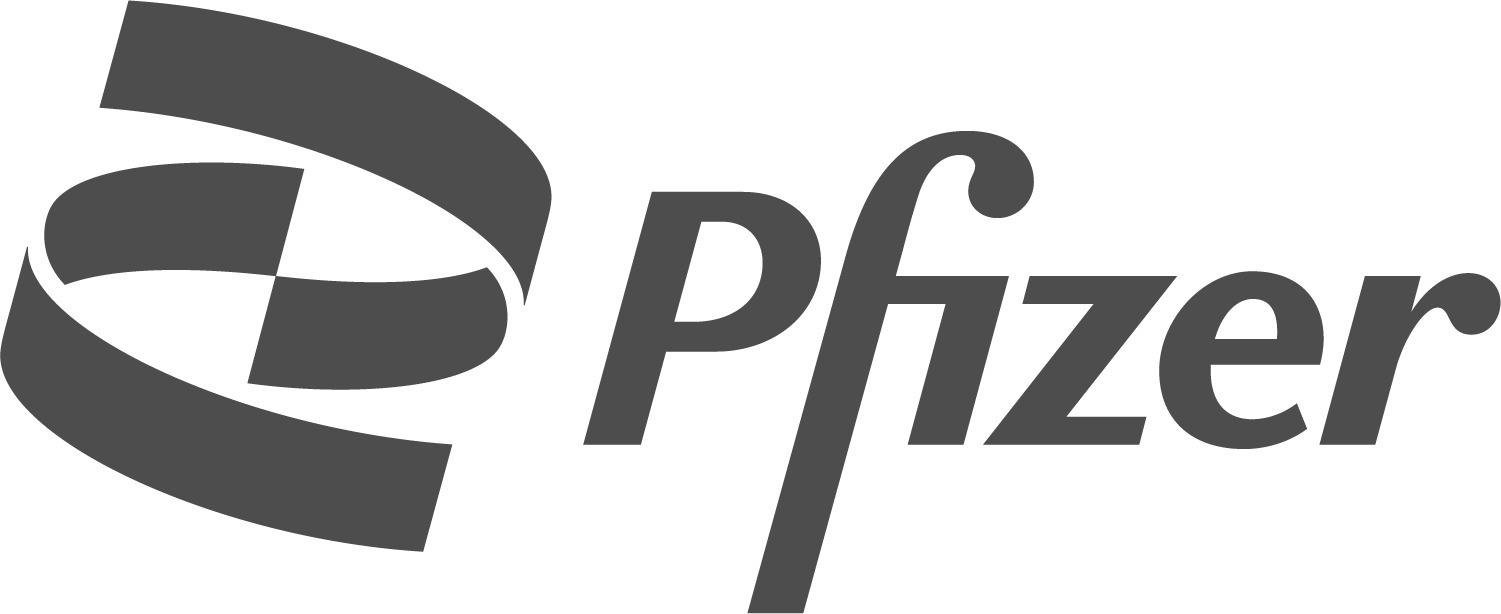
What are non-pharmacological treatments?
Non-pharmacological treatments are types of therapies that do not involve medication. These might include:
- Exercise and physical activity. Regular physical activity is one the most effective treatments for axSpA. It helps to reduce pain, strengthen muscles, maintain good posture and improve sleep and overall health.
- Occupational therapy. Occupational therapists can help you learn better ways to do everyday activities to help you protect your joints, reduce pain and save energy.
- Patient education. The more information you have about your condition the the more equipped you will be to self-manage you axSpA, along with your healthcare team.
- Cognitive-behavioural therapy can help to develop skills chnage negative thoughts and behaviours.
- Hot and cold therapy. Hot and cold therapy can help relieve pain and ease stiff joints.
- Assistive devices. Assistive devices can help make some daily tasks easier.
Types of assistive devices for axSpA
You might find that your axial spondyloarthritis (axSpA) can make some activities hard to do. Assistive devices can help to make some of these daily tasks easier and help maintain your independence.
Below are some assistive devices that are you might find helpful to reduce pressure on you back and joints.
- Orthotics: Orthotics are inserts for your shoes. Orthotics can help provide relief for painful feet, making it easier to stand and walk. People with axSpA can develop enthesitis in the ankles or feet. This can cause pain and make walking difficult. Speak with a podiatrist who can help you take the best care of your feet, including the use of orthotics or specific footwear.
- Braces: Braces can help to relieve the pressure on your joint and reduce pain and discomfort. They can also help to provide extra support and stability. There are different types of braces for different areas of the body, including your ankles, knees, back, shoulders and wrists. Braces can be custom-fitted or bought over the counter. Speak with your GP or rheumatologist who can discuss your options with you.
- Extra-wide side view or rear-view mirrors: Stiffness in your back and neck from axSpA can make turning your head while driving difficult and painful. Adding a wide-angle rear-view mirror or extension to your side mirror can reduce the strain in your neck and upper back. Extra-wide and extension mirrors can be purchased from car & auto retail stores,
There are funding options available to help eligible drivers make modifications to their car.
- The Employment Assistance Fund (EAF) is a Commonwealth Government scheme that gives financial help to eligible people with disability and mental health conditions and employers buy work related modifications and services, including modifications to work vehicles.
- The National Disability Insurance Scheme (NDIS) helps eligible participants make modifications to their vehicle.
- The Department of Veterans Affairs Rehabilitation Appliances Program funds vehicle modifications for eligible veterans.
- The Australian Tax Office has a car tax concession to assist eligible drivers to claim tax concessions when buying, leasing or modifying a car.
- Some state and territory governments offer their own vehicle modification subsidy scheme. Find out more information by clicking on your state or territory below:
- Ergonomic chairs: Ergonomic chairs are designed to optimise body positioning and posture. Ergonomic chairs can help to minimise strain and pressure on your joints. When purchasing an ergonomic chair make sure it is adjusted to fit your properly. Ergonomic chairs can be purchased from office supply stores.
For more information on assistive devices to help around the house and perform daily activities read our self-help arthritis devices.
CONTACT YOUR LOCAL ARTHRITIS OFFICE FOR MORE INFORMATION ABOUT ASSISTIVE DEVICES.
Reference(s)









